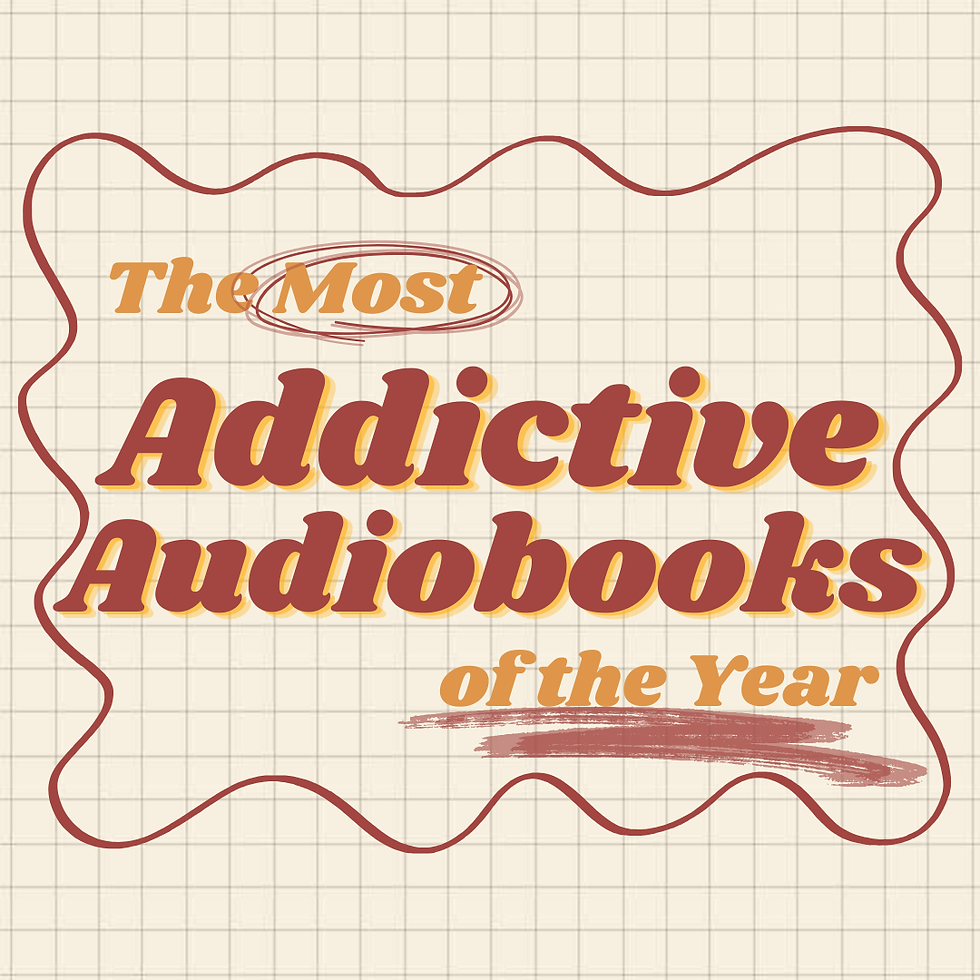Not to be Overlooked
- The Publishing Post

- Jul 20, 2021
- 4 min read
By Rachel Gray and Emma Wallace
‘Not to be Overlooked’ introduces a variety of wonderful but lesser-known books to assist readers in finding their next great reads. This week’s column covers reviews of Wranglestone by Darren Charlton and What White People Can Do Next: From Allyship to Coalition by Emma Dabiri.
Wranglestone by Darren Charlton
I love LGBTQ+ novels, and when they combine queer romance with zombies, that’s even better! Wranglestone is an excellent YA novel about first love, teen romance and discovering your identity. It recently won the Waterstones Children’s Book Prize for Older Readers and was shortlisted for both the YA Book Prize 2021 and the Costa Children’s Book Award 2020.

In post-apocalyptic America, we are introduced to a community who survive by living on a lake, safe from the zombies. That is, until winter, when the lake freezes over. When one of the main characters, Peter, puts the camp in danger, he is forced to leave the safety of the floating community and help defend the lake from the hordes of approaching zombies. While defending the lake, he meets Cooper, a fellow survivor whom Peter has admired from afar. As they fight off the undead, they discover that they have feelings for each other, and love begins to blossom.
The romance in this novel is brilliantly written. Deftly combining first love with coming out as gay to friends and family, Charlton has written a sweet relationship between two teenage boys discovering their identities, while trying to survive the undead. The romance is accepted by everyone around Peter and Cooper, and it was very much seen as inevitable by the other characters in the novel. I really love to see a gay relationship accepted and seen as perfectly normal in YA fiction, and Charlton has written a very sweet storyline. Peter is a wonderful main character, as he is not your usual YA ‘action-man’ hero; he is kind and gentle, and experiences anxiety and fear during the novel. This book offers brilliant representation not just of gay relationships but of men who are emotional and do not act as the hero in situations of extreme danger. Peter is very relatable in this respect, and I hope many can see themselves in his character.
I normally find zombie books a little hit or miss, but this one is brilliant The zombies are scary without being traumatising, and the sense of danger that pervades the entire novel is well-crafted by Charlton. The boys are never fully able to relax and enjoy each other’s company, and as such, we as the reader are also never fully relaxed. The zombies are a constant threat, and the plot moves at breakneck speed. There are twists and turns and secrets to be uncovered. A perfectly written LGBTQ+ YA romance, with the added danger of zombies – this is one of my favourite books of all time!
What White People Can Do Next: From Allyship to Coalition by Emma Dabiri
On first seeing the cover and title of What White People Can Do Next, I was a little hesitant. With its pleasing array of cross-stitch-like, pastel-coloured flowers and buzzword title, What White People Can Do Next does not necessarily present itself as a searing take-down of performative allyship and social media activism. As Dabiri herself later admits in a Vogue interview, the book’s aesthetics are in many ways part of its subversive tactics; by superficially imitating the stylised nature of those self-same infographics she is critiquing, Dabiri helps expose how fundamentally bizarre such attempts at aestheticization are.

What White People Can Do Next is a Trojan horse of a text. Fully grounded in the critical race theories that Dabiri argues have been unfortunately abridged by social media activism, the book itself sets out to combat the lack of nuance that currently dominates online discourse. The events of last summer, Dabiri proposes, demonstrate a desire for change, but not necessarily a feasible action plan. What White People Can Do Next provides an outline for how we can convert this intent into action, and how we can – and must – graduate away from the reductive dialogue that takes place on social media towards more constructive measures. By drawing especially upon the methods of earlier activists, such as Fred Hampton and Huey P. Newton, Dabiri provides her readers with an insight into the benefits of forming coalitions as a way to enact systemic change, and the need to therefore expand our understanding of anti-racist activism in order to take into account the wider, capitalist systems that help enable racism.
Although What White People Can Do Next is more heavily geared towards theory than most other anti-racist books, Dabiri manages to ensure that the ideas themselves are explained in a way that makes them accessible to her readers. Unlike most other social media sites that attempt to translate these concepts, Dabiri’s explanations manage to avoid over-simplification, providing instead a helpful, guided introduction to what are fairly complex, broad theories. For me, the brilliance of What White People Can Do Next comes from how it intentionally presents itself as a springboard for the development of greater knowledge. Dabiri is less concerned with telling you how to think, as with highlighting to you the importance of applying critical thinking and using the information that has been given to inform our own actions. What White People Can Do Next is one of the most genuinely illuminating, thought-provoking and incisive books that I have read in a while, and I cannot recommend it enough.








